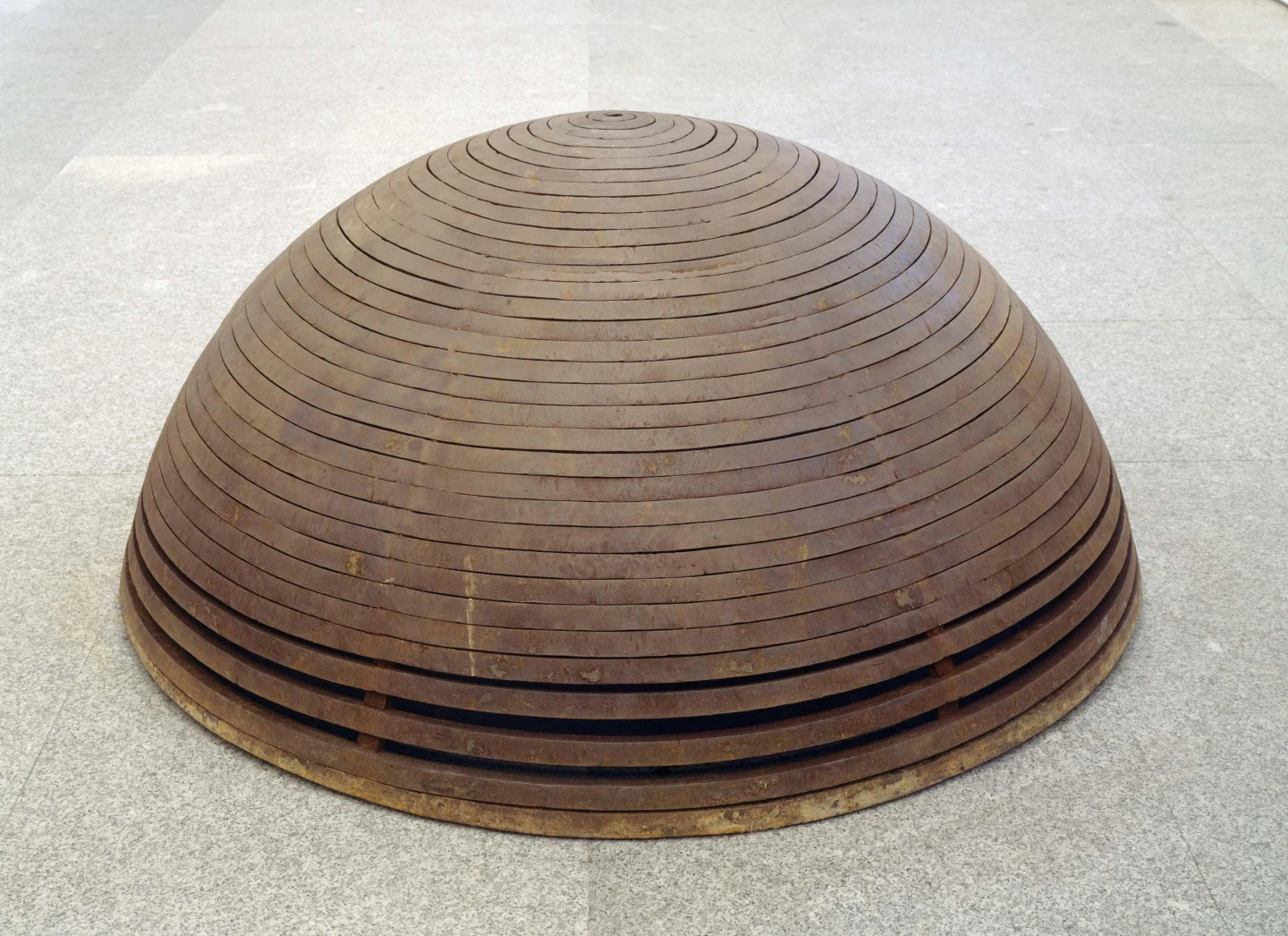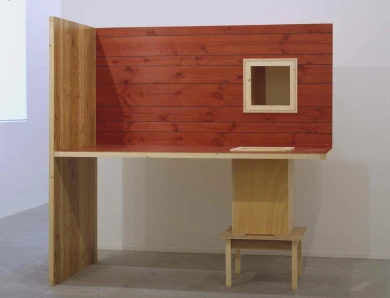Artistas españoles. Obras de los años 80 y 90 en las Colecciones del museo

<p></p>
The presence of Esteban Vicente, Eduardo Arroyo, Pablo Palazuelo and Luis Gordillo serves to illustrate the current situation of a long career that has existed on aesthetic fields and pictorial grammars that are very different. That very same variety is seen in the range afforded by Alfonso Galván and Hernández Pijuan, or Jaime Burguillos and Ferrán García Sevilla. The new pictorial languages, lyrical in many of the cases found in this selection, are mainly examples of alternative proposals to figuration and are a stated willingness to colour (signalling the end of a long period of post-war and informalist inherentance of art); they are represented in the work of José María Sicilia, José Manuel Broto, Darío Urzay, Juan Uslé, Juan Ugalde, Miquel Barceló and Juan Navarro Baldeweg.
Regarding sculpture, we see the continuation of an analytical path interested in geometric-spatial issues (Sergi Aguilar) and constructive issues (Begoña Goyenetxea); although a more experimental environment is formed from installation and the interaction of planes (Txomin Badiola, Peio Irazu). Generally, Spanish sculptors widely reject the notion of monuments (an infinite piece, a pedestal) in favour of staging and the subversion of the limit idea, giving space a key role in physical and material interaction and development (Cristina Iglesias, Juan Muñoz, José Herrera, Susana Solano). This sculptural practice calls for a renewed role of the spectator, making them an integral part of the stage. The same active attitude is required of the installations (Manuel Sáez, Federico Guzmán), where artistic manipulation of everyday objects face the public in a world of materials that confer new meanings.
Artists
Organised by
Museo Nacional Centro de Arte Reina Sofía
Image gallery

